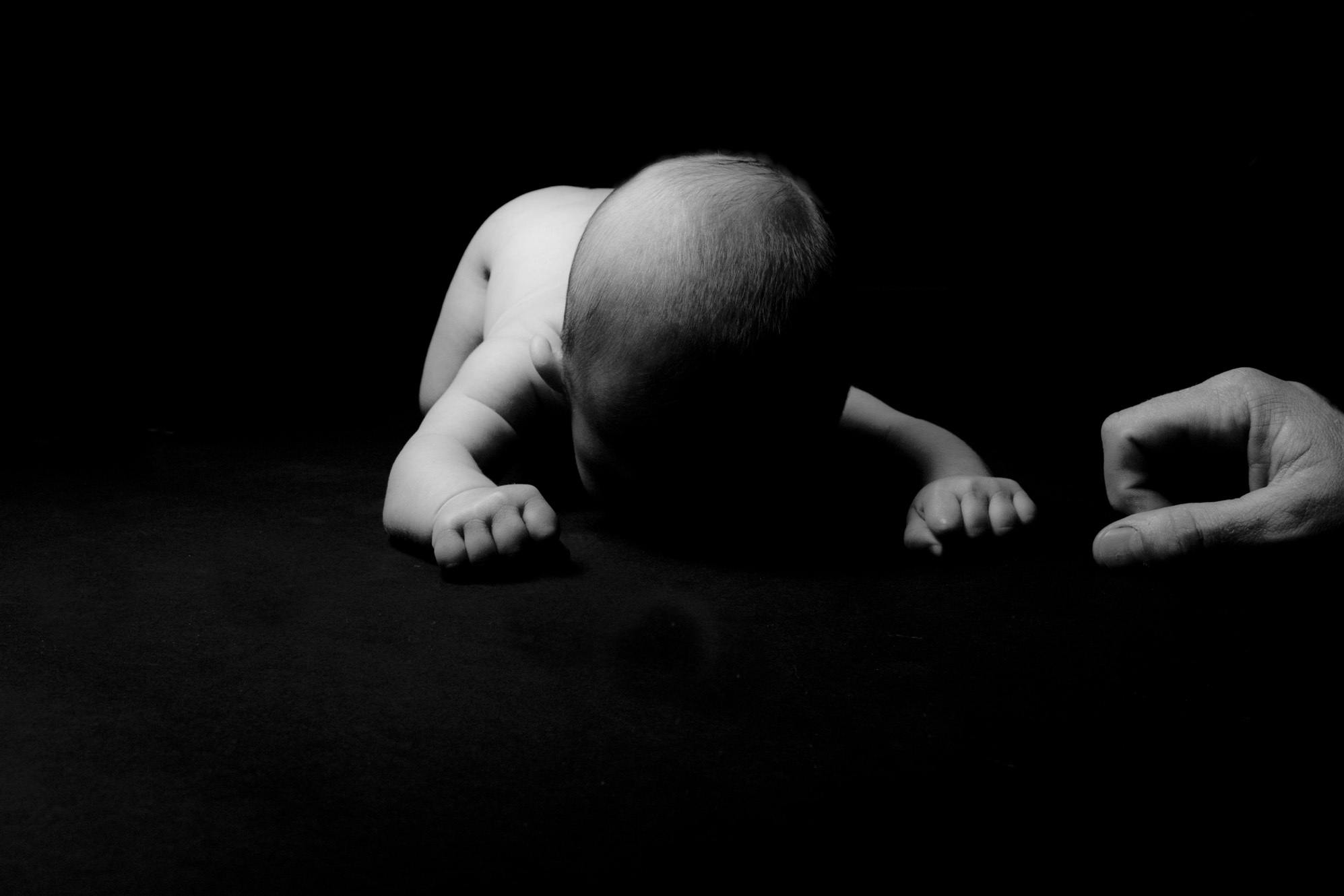Special Needs Adoptions throughout History
Like trans racial adoption, the placement of children with special needs has a controversial adoption history. Prior to World War II, adoption professionals and agencies usually ruled out the possibility of adoption for children with special needs. The popularity of “eugenics” at the time didn’t help; traditional views assumed that only white, healthy children were suitable to be adopted. While there were exceptions, many adoptive parents wanted children that would measure up to their own expectations for intelligence, background, appearance and behavior.
However, by the 1960s, adoption agencies had gathered resources specifically for special needs placements. Organizations were created that advocated for these “waiting” children (typically housed in foster care), who could be characterized as having special needs because of disabilities or other reasons, including their race or being a member of a sibling group. The increase in education and available resources, as well as the growing celebration of the differences and diversity of adoption, made special needs adoption more acceptable, especially for waiting families who wanted to be placed with a child quickly.
Special Needs Adoption is adoption of kids with some disabilities. After 1960s, the adoption agencies launched an awareness campaign on the adoption of special needs children. New organizations came up to address the issues of children with special needs. Thanks to the development of tools for educating specially challenged kids, adoption of special needs children suddenly became not only more and more acceptable but also an event to celebrate.
However, adoption of special needs children before 1960 was marked by apartheid and other issues. World War II had a lasting impression even on the adoption. The prevailing philosophy was that only white, healthy children were suitable to be adopted. Situation changes slowly.
Adoption in USA
Adoptions in the United States may be either domestic or from another country. Domestic adoptions can be arranged either through a state agency, an adoption agency, or independently
Adoption agencies must be licensed by the state in which they operate. The U.S. government maintains a website, Child Welfare Information Gateway, which lists each state’s licensed agencies. There are both private and public adoption agencies. Private adoption agencies often focus on infant adoptions, while public adoption agencies typically help find homes for waiting children, many of them presently in foster care and in need of a permanent loving home. To assist in the adoption of waiting children, there is a U.S. government-affiliated websites.
Independent adoptions are usually arranged by attorneys and typically involve newborn children. Approximately 55% of all U.S. newborn adoptions are completed via independent adoption.
In US adoption is of two categories – domestic and from another country. Besides, individual can also move for adoption independently.
Adoption agencies must have a licence to operate in United States. The Child Welfare Information Gateway, the US govt.’s website, has complete lists of such licenced agencies – both private and public. The private adoption agencies mainly look after adoptions of infants, while public agencies help ‘waiting children’ to find new home. Most of these waiting children remain in foster care till they find their new home. US government-affiliated websites has the exhaustive list of waiting children.
The final process of independent adoption is initiated by an attorney. Independent adoption comprises 55 per cent of all US new born adoptions.
Laws of US Adoption
While adoption is mostly a matter of state law, there is a limited amount of federal law relevant to adoption.
Federal Constitutional Law
Under the Due Process Clause of the Fourteenth Amendment to the US Constitution, the Supreme Court has held that natural parents have a fundamental liberty interest in the care, custody, and management of their children. In light of this, decisions in state proceedings to terminate parental rights must be based on clear and convincing evidence; findings based on a preponderance of the evidence standard are insufficient.
Under the Equal Protection Clause of the Fourteenth Amendment, the Supreme Court found unconstitutional a state law that differentiated between the unwed mother and the unwed father of an illegitimate child with respect to their right to consent to the child’s adoption, where the father had shown a significant paternal interest in the child. The Court ruled that there was no substantial relationship between the law’s gender-based discrimination and the state’s interest of providing for the well-being of illegitimate children, and therefore the discrimination was impermissible under the Equal Protection Clause.





